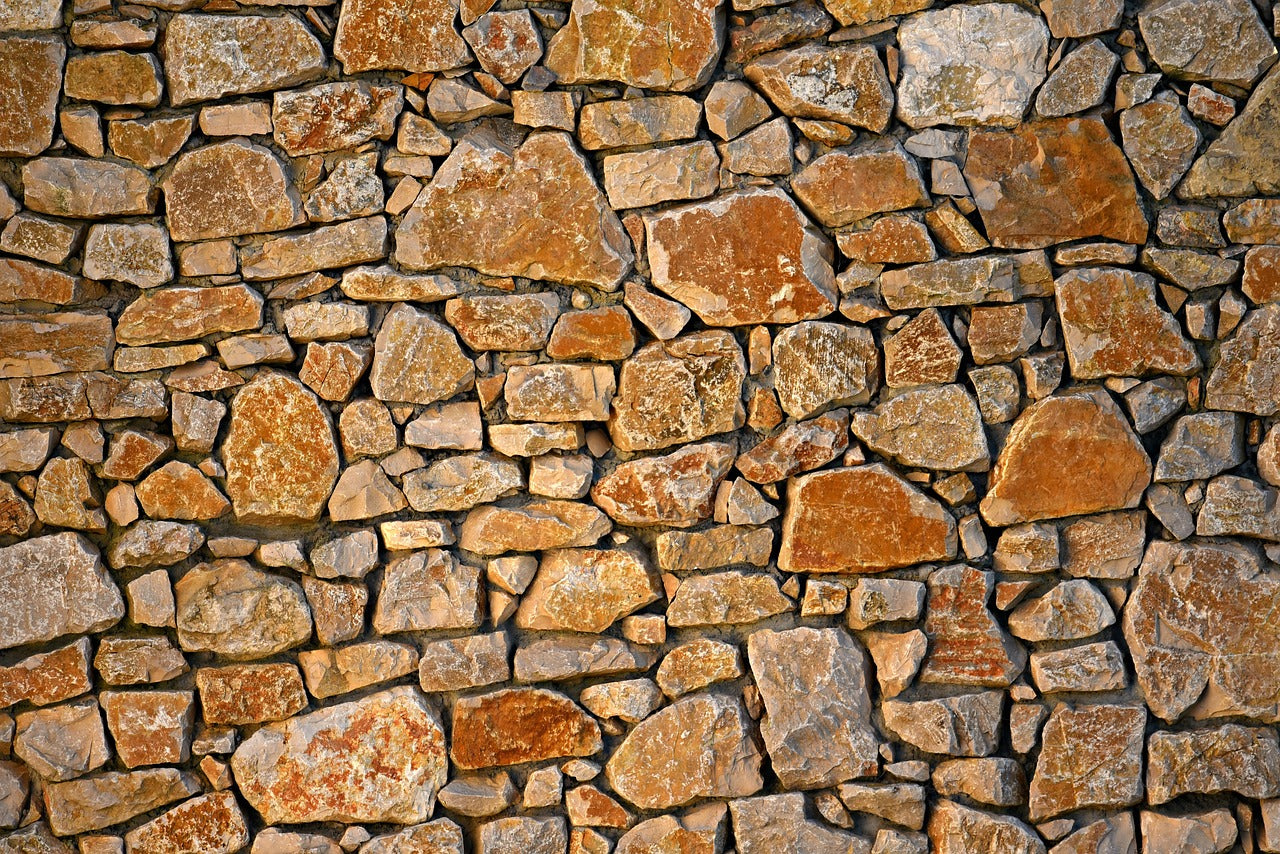The Skin Barrier and Eczema
•Posted on September 20 2024

What is the skin barrier?
The skin is the outermost part of our body and forms a physical barrier against the outside world. This blocks bacteria and other bugs from invading our bodies. It also protects us from lots of other things - dust, pollen, exhaust fume, chemicals and even the sun!
However, unlike the wall of a house, the skin's wall is dynamic. It's constantly adapting and changing as our environment changes.
The main component of our skin's barrier is a living cell (the individual components of our body) called a keratinocyte. Keratinocytes form the bricks that make up the wall. These cells are born at the bottom of the wall and travel up to the top over about 40 days. At the top of the wall they die and form a thick, compact outer layer called the stratum corneum.
As with other walls, mortar sits between the bricks. The skin's mortar is a mixture of proteins (the structural building blocks of all creatures), lipids and ceramides (natural oils). The most important protein in the mortar is a protein called Filaggrin. This helps bind the mortar together, traps water in our skin and even acts as a natural sunscreen!
People with eczema often have too little Filaggrin. This can be due to a problem making the Filaggrin (inherited through families in their genes) or due to inflammation (when skin becomes red and inflamed our cells produce less Filaggrin). Changes in the gene that makes Filaggrin is one of the biggest risk factors for eczema and affects approximately 20% of eczema patients.
Unlike the wall of a house our skin's barrier also has soldiers defending it. Immune cells (part of our immune system that fights infection) live in our skin. Immune cells respond to invaders such as bacteria. This process causes inflammation (redness and swelling), which destroys the invader. In eczema this system becomes dysregulated, leading to too much inflammation.
The skin's barrier also extends beyond the skin. Sitting on top of the skin is a layer of microbes (tiny living beings, such as bacteria), called the microbiome. These are usually 'good' bacteria, that occupy the area and prevent bad bacteria from growing. Think of it as a house sitter preventing squatters moving in. People with eczema often have 'dysbiosis' - where the balance of good and bad bacteria is upset.
Every component of the skin barrier gets disrupted in eczema - dysbiosis of the bacteria, over active immune cells and ineffective mortar between the bricks.
What happens when the skin's barrier is impaired?
Dryness is the first symptom of an impaired barrier. A lack of mortar between the bricks of the skin leads to dry and flaky skin.
Inflammation - this happens when things penetrate into the skin. Bacteria, chemicals, and other substances that shouldn't be in our skin get through a weak barrier. This activates the immune system, leading to inflammation (redness and swelling).
Infection - bacteria and other microbes such as viruses invade when the skin's barrier is weak. This leads to skin infections such as impetigo, eczema herpeticum and molluscum.
Allergy - the latest theory is that allergies arise due to a weak skin barrier. Food and pollen penetrate the skin, leading to inflammation. This confuses the immune system, which then sees the food or pollen as an invader. The same mechanism is though to lead to hayfever and possibly asthma.
What can be done to repair the skin's barrier?
1. Stop making it worse! Detergents found in soaps and some moisturisers will dissolve the natural oils in your skin and degrade the mortar between the bricks. Avoiding soaps and using recommended moisturisers prevents this.
2. Replenish your barrier - using a regular moisturiser will add lipids (natural oils) to your skin. Use plenty of moisturiser (2-3 times a day). There is no limit to how much you can use! Some moisturisers also contain ceramides (natural oils) and humectants (water binders) such as urea that add extra moisture.
3. Treat inflammation - inflammation weakens the skin's barrier. This becomes a vicious cycle, where a worsening barrier leads to more inflammation and so on. Using steroid creams or non-steroid anti-inflammatory creams as directed by your doctor treats inflammation and restores the skin's barrier. Medicated moisturisers containing nicotinamide can also help reduce inflammation in conjunction with steroid creams.
4. Rebalance your microbiome. Antiseptic washes such as Dermol 500 are often needed to prevent infection. The antiseptic ingredients kill bad bacteria. However, they also kill the good bacteria, so also think about treatments which can help restore your Microbiome (the good bacteria on your skin).
5. Avoid itching! This is easier said than done. Scratching your skin damages the barrier and also becomes a vicious cycle. If the above treatments don't help, consider psychological interventions (called habit reversal) which address habitual itching.
What does the future have in store?
The field of eczema research is very exciting!
Most of our treatments for eczema (steroid creams, light therapy, immunosuppressants and new biologic therapies) focus on reducing inflammation.
So far we only have moisturisers to replenish the skin's barrier. This is a very simplistic tool, as the skin's barrier is much more complex than just oils!
Research is now looking at therapies that can restore the skin's barrier. This could lead to new treatments that avoid targeting the immune system and could even prevent eczema.
Dr Aaron Hughes, our lead Dermatologist, has done extensive research into the skin's barrier. You can listen to his research in the video below.